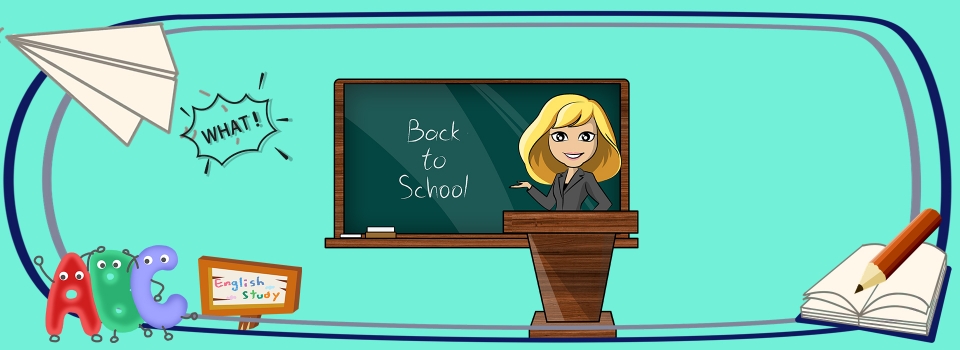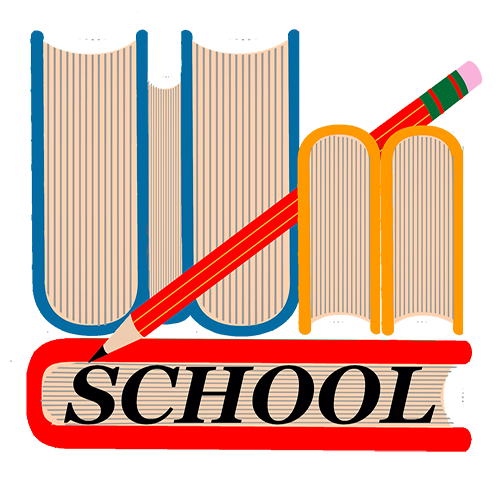
The approaches for teaching can be broadly classified into teacher centered and student centered. In a teacher-centered approach to learning, teachers are the main authority figure in this model. Students are viewed as “empty vessels” whose primary role is to passively receive information (via lectures and direct instruction) with an end goal of testing and assessment. It is the primary role of teachers to pass knowledge and information onto their students. In this model, teaching and assessment are viewed as two separate entities. Student learning is measured through objectively scored tests and assessments. In Student-Centered Approach to Learning, while teachers are the authority figure in this model, teachers and students play an equally active role in the learning process. The teacher’s primary role is to coach and facilitate student learning and overall comprehension of material. Student learning is measured through both formal and informal forms of assessment, including group projects, student portfolios, and class participation. Teaching and assessments are connected; student learning is continuously measured during teacher instruction. Commonly used teaching methods may include class participation, demonstration, recitation, memorization, or combinations of these.
Explanation
The most basic teaching method is explanation. Explanation is characterized by its function as “a tool that is used by a speaker for understanding or ‘giving a sense’ to the object of communication, of a debate, or a discussion … The role of an explanation is to make clearer the meaning of an object (method, term, assignment) maintaining formally the necessary distance between the object of the action or study and the tools. In the learning/teaching process, explanation is a tool used by both, teacher and students. Its goal is to manifest comprehension.
Traditionally, explanation belongs to monological teaching methods where the information is transmitted from the teacher to the students (together with e.g. narrative, description or lecture). Skalková, 1999, says that in practice, individual forms of explanation often percolate. In this perspective, explanation is seen as the task fulfilled by the teacher with students passively receiving what is presented. Collecting feedback on students’ perceptions of whether explanations are clearly identified whether students feel particular teaching assisted them in understanding the subject matter. Without student understanding, no explanation can be said to be clear We see explanation in a much broader sense.
Our helping hands as a schoolteachers complete several tasks in order to satisfactorily meet all obligations. We have closely examined and have found the following to be those responsibilities most commonly mentioned:
Develop Lesson Plans and Instruct Students
The primary role of Our Hero Teachers is to develop the materials and plans to teach students in various subject areas. Primary schoolteachers select reading and other materials, develop classroom activities, create classroom lectures, and choose topics of discussion. They apply appropriate teaching strategies for each subject and use methods to keep students engaged, encouraging class participation. They also assign homework and give and grade tests.
Assess Student Performance and Behavior
Our Hero Teachers use keen observation skills to assess each student in the Online classroom. They chart behaviors and develop disciplinary programs to handle disruptive or unruly behavior. Primary schoolteachers also assess the progress of students’ understanding of topics and their progress to determine if they are learning at an acceptable level and pace.
Oversee and Attend Meetings
Hero Teachers have contact parents with concerns or issues relating to their child, hold teacher-parent meetings as needed, submit reports to administrators, and attend staff meetings to learn of any school policy changes, teaching approaches, or other relevant topics.
Subject learning
Subject learning in education refers to the process of acquiring knowledge, skills, and understanding in specific academic disciplines or subjects. It encompasses the teaching and learning of various subjects such as mathematics, science, language arts, social studies, physical education, arts, and more. Here are some key aspects related to subject learning in education:
- Curriculum and Standards: Subject learning is guided by curriculum frameworks or educational standards that outline the content, skills, and concepts to be covered within each subject. These frameworks ensure a comprehensive and coherent progression of learning across grade levels.
- Content Knowledge: Subject learning involves acquiring specific content knowledge and understanding related to the subject area. This includes facts, concepts, principles, theories, historical events, mathematical operations, scientific principles, literary works, and more.
- Skills Development: In addition to content knowledge, subject learning emphasizes the development of subject-specific skills. For example, in mathematics, students learn problem-solving, logical reasoning, and mathematical modeling skills. In language arts, they develop reading comprehension, writing, and communication skills.
- Critical Thinking and Inquiry: Subject learning encourages students to think critically and engage in inquiry-based learning. They learn to ask questions, analyze information, evaluate evidence, and construct reasoned arguments within the context of the subject.
- Application and Transfer: Subject learning aims to equip students with the ability to apply their knowledge and skills in real-life contexts. It promotes the transfer of learning, allowing students to use what they have learned in one subject to solve problems or make connections in other subjects or real-world situations.
- Interdisciplinary Connections: Subjects are often interconnected, and subject learning recognizes the value of interdisciplinary connections. It encourages students to see the relationships and connections between different subjects, fostering a holistic understanding of knowledge.
- Differentiated Instruction: Effective subject learning involves differentiating instruction to accommodate the diverse needs of students. Teachers may modify their teaching approaches, materials, or assessments to address varying learning styles, abilities, and interests.
- Assessment and Feedback: Subject learning involves ongoing assessment to monitor student progress and provide feedback. Assessments may include tests, quizzes, projects, presentations, portfolios, and performance-based assessments. Feedback helps students understand their strengths and areas for improvement.
- Integration of Technology: Technology can enhance subject learning by providing access to digital resources, interactive simulations, educational software, and online learning platforms. It supports engagement, collaboration, and personalized learning experiences.
- Lifelong Learning: Subject learning aims to foster a love for learning and cultivate lifelong learning skills. It equips students with the tools to continue their learning beyond formal education and adapt to new information, technologies, and challenges throughout their lives.
Subject learning is essential in education as it provides students with a well-rounded education, promotes intellectual growth, and prepares them for further education or future careers. It enables students to develop subject-specific knowledge, skills, and a deeper understanding of the world around them.
